Das war die BoKoMaT_8 2023
Programm
Donnerstag, 28.09. 12:00–19:00 Uhr
12:00 Uhr Ankunft & kleiner Imbiss
12:30–12:35 Uhr
Prof. Gunther Eggeler & Dr. Burkhard Maaß
Begrüßung
12:35–12:45 Uhr
Rouven Beeck
Grußwort
13:10–13:35 Uhr
100 Mio – Cycle Bending Durability of Generation III Nitinol for Medical Implants
14:00–14:25 Uhr
Using advanced Electron Microscopy to provide Insights into Microstructure-Property Correlations in Shape Memory Alloys
14:25–14:50 Uhr Kaffeepause
14:50–15:15 Uhr
Elastocaloric Cooling and Heat–Pumping: Designing elastocaloric Devices
15:40–16:05 Uhr
Felix Ewald
Additive Manufacturing of binary NiTi Shape Memory Alloys using selective electron Beam Melting – On the Impact of TiC on functional Properties
16:30–17:00 Uhr Kaffeepause
17:00–17:25 Uhr
Efficiency–Optimized Setup for Low Grade Waste Heat Harvesting with Shape Memory Alloys
17:50–18:15 Uhr
Integration of multifunctional epitaxial (magnetic) Shape Memory Films in Silicon Microtechnology
18:15–18:40 Uhr
Martensitic Transformations and atomic Mobilities in NiTi-based Shape Memory Alloys
ab 19:00 Uhr Laborführungen & Abendveranstaltung in der IAN-Versuchshalle (Nähe I-Gebäude)
Alle Vorträge in englischer Sprache, wenn nicht anderweitig angegeben.
Freitag, 29.09. 08:00–15:45 Uhr
08:00 Uhr Ankunft & Kaffee/Imbiss
08:30–08:55 Uhr
Kezzel – The smart Kettle: Shape Memory Alloys in Consumer Hardware (Sprache: DE)
09:45–10:10 Uhr Kaffeepause
10:10–10:35 Uhr
Multiaxial Fatigue in Verification & Validation Testing of NiTi Medical Devices
10:35–11:00 Uhr
Emissivity Measurements of thin NiTi Shape Memory Alloy Wires by comparing them with a black Body Cavity
11:00–11:25 Uhr
New Aspects of structural and functional Fatigue in Shape Memory Alloys
11:25–11:55 Uhr Kaffeepause
12:45–13:10 Uhr
The Smart Factory – efficient and sustainable Production via Shape Memory Alloy Systems
13:10–14:00 Uhr Mittagspause
14:00–14:50 Uhr
Panel Talk
Dr. Alan R. Pelton, Dr. Jaka Tušek, Prof. Dr. Paul Motzki & Aaron Kueck
14:50–15:15 Uhr Abschluss und Verabschiedung
15:15–15:45 Uhr Kaffee und Abreise
Alle Vorträge in englischer Sprache, wenn nicht anderweitig angegeben.
Speaker:innen
Dummy
Prof. Dr. Gunther Eggeler

Leiter Lehrstuhl Werkstoffwissenschaft,
Ruhr-Universität Bochum
Nucleation Phenomena in Shape Memory Technology
Shape memory effects like the one way effect (1WE) and pseudoelasticity (PE) rely on the martensitic transformation, where a high temperature phase austenite transforms into a low temperature phase martensite on cooling, and the reverse transformation takes place on heating. When a first order phase transformation occurs, nucleation is the first step.
Felix Ewald

Institut für Werstofftechnik – Metallische Werkstoffe
Universität Kassel
Additive manufacturing of binary Ni-Ti shape memory alloys using selective electron beam melting – On the impact of TiC on functional properties
Shape memory alloys (SMAs), such as Ni–Ti, are promising candidates for actuation and damping applications. Although processing of Ni–Ti bulk materials is challenging, well-established processing routes (i.e. casting, forging, wire drawing, laser cutting) enabled application in several niche applications, e.g. in the medical sector. Additive manufacturing, also referred to as 4Dprinting in this case, is known to be highly interesting for the fabrication of SMAs in order to produce near-netshaped actuators and dampers.
Dr. Sebastian Fähler
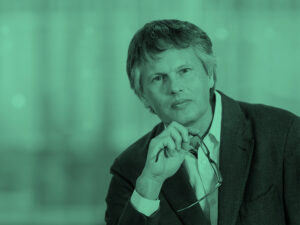
Gruppenleiter „Ferroische Materialen, Schichten und Anwendungen“,
Helmholtz-Zentrum Dresden-Rossendorf
Integration of multifunctional epitaxial (magnetic) Shape Memory Films in Silicon Microtechnology
Magnetic shape memory alloys exhibit various multifunctional properties, which range from high stroke actuation and magnetocaloric refrigeration to thermomagnetic energy harvesting. Most of these applications benefit from miniaturization and a single crystalline state. Epitaxial film growth is so far only possible on some oxidic substrates, but they are expensive and incompatible with standard microsystem technologies.
Prof. Dr. Jan Frenzel

Leiter Forschungsgruppe Werkstoffprocessing,
Lehrstuhl Werkstoffwissenschaft, Ruhr-Universität Bochum
High Entropy Shape Memory Alloys
High-entropy shape memory alloys (HE-SMA) represent a relatively new and novel type of shape memory alloy (SMA). Unlike conventional NiTi SMAs, they not only contain the two basic elements Ni and Ti, but also consist of additional components, with all elements having almost equal proportions. The special feature of HE-SMAs is that they exhibit relatively high transformation temperatures and can exhibit good functional stability.
Dr. Matthias Frotscher

Senior Manager Stent & Material Testing,
CORTRONIK GmbH
Multiaxial Fatigue in Verification & Validation Testing of NiTi Medical Devices
Nitinol medical devices are subject to complex in-vivo loading conditions. For many decades, most products were approved by notified bodies based on fatigue-to-success test data in single-mode fatigue at a representative physiological load level. This data can prove that a selected device will survive at this one loading condition for a given number of cycles, typically equivalent to 10 years of service life in the patient.
Sandra Herzig

Wissenschaftlicher Mitarbeiter,
Fraunhofer Institut für Werkzeugmaschinen und Umformtechnik IWU
Additive Manufacturing of programmable Materials with NiTi
Shape memory alloys can change in a controlled way in response to an externally applied stimulus in regard to shape and can be utilized in applications in which a specific functionality is required. Additive manufacturing of shape memory alloys is used to achieve unique properties, which cannot be realized by conventional manufacturing techniques.
Thomas Ifland
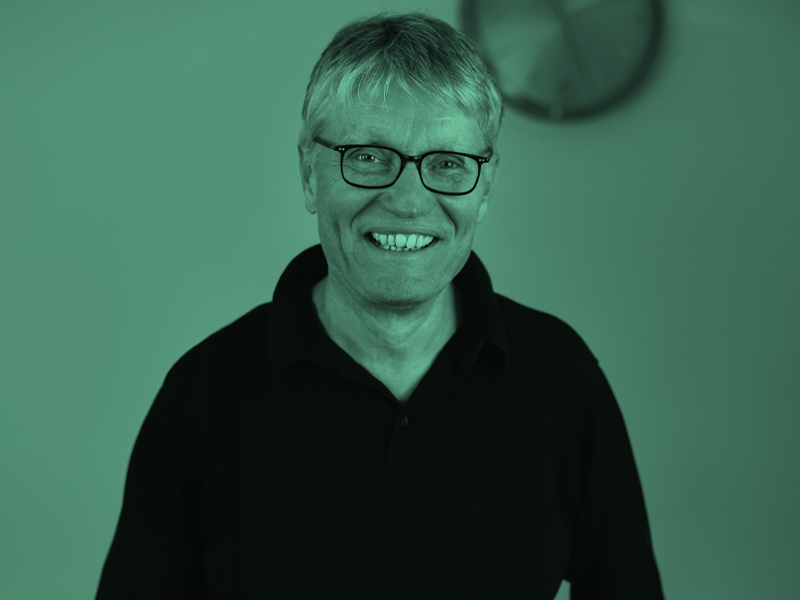
Gründer & Geschäftsführer,
Xinco GmbH
Kezzel – Der clevere Wasserkocher:
Formgedächtnislegierung in der Consumer Hardware
Der innovative und nachhaltige Wasserkocher Kezzel schaltet das Induktionskochfeld ab, sobald das Wasser kocht. Komfortabel, sicher und energieeffizient. Ohne eigene Heizung und Kabel. Rein mechanisch und völlig neuartig. Die Abschaltung des Heizvorgangs baut auf einer Funktion von Induktionsherden auf: Wird das Kochgeschirr vom Induktionsfeld genommen, stoppt die Energieübertragung und das Induktionsfeld schaltet ab.
Ina Kohlschreiber und Johannes Zehnter
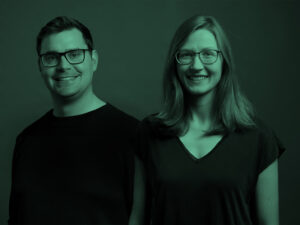
Project Engineer,
memetis GmbH
SMA Flat Form Actuators and their Application
The memetis GmbH develops and produces components and systems based on its proprietary shape memory alloy (SMA) actuators, which are generally used in the Life Sciences or in Space. The SMA actuators consist of foils or films with a thickness between 10-100 µm, which are structured 2-dimensionally using additive or subtractive manufacturing technologies.
Prof. Dr. Michael J. Mills

Chair of the Department of Materials Science and Engineering,
The Ohio State University
Using advanced Electron Microscopy to provide Insights into Microstructure-Property Correlations in Shape Memory Alloys
Advanced characterization methods are providing new insights into the functional properties of shape memory alloys (SMAs). One application to be discussed is the pronounced and beneficial effect of nanoscale precipitates on the constant force thermal cycling response of high temperature SMAs Ni(Ti,Hf) alloys. The structure of the ordered H phase precipitates has been determined using scanning transmission electron microscopy (STEM) based techniques.
Dr. Muhammad Ali Javed

Professur Technische Thermodynamik Fakultät für Maschinenbau,
Technische Universität Chemnitz
Emissivity Measurements of thin NiTi Shape Memory Alloy Wires by comparing them with a black Body Cavity
The shape memory effect and superelasticity of NiTi alloys make them unique for their applications in actuators and elastocaloric cooling technologies [1]. These distinct properties are induced in NiTi alloys by reversible phase transformation from martensite to austenite, which can be triggered through temperature change or stress. It is extremely challenging to measure the temperature of thin NiTi wires during operation without disturbing their phase transformation parameters with conventional contact thermometry.
Bruno Neumann

Doktorand für energy harvesting mit Formgedächtnismaterialien,
Helmholtz-Zentrum Dresden-Rossendorf
Efficiency-Optimized Setup for Low Grade Waste Heat Harvesting with Shape Memory Alloys
More than half of all energy converted by humankind is lost in the form of waste heat. Not only does that strongly contribute to the acceleration of global warming [1], it also leaves an enor- mous economic potential untouched. However, suitable technologies are limited [2], since most of this heat is of low temperature (< 100 °C) [3] and low grade. In the last years, materials and technologies for thermoelectric harvesting and thermomagnetic harvesting have been explored, but reaching a high efficiency of those systems remains a challenge.
Sakia Noorzayee

Wissenschaftliche Mitarbeiterin
Lehrstuhl Werkstoffwissenschaft, Ruhr-Universität Bochum
Sustainable NiTi Shape Memory Metallurgy
Binary NiTi shape memory alloys (SMAs) consist of two of the most expensive mass-mined metals that together generate more than 32 megatons CO2 equivalent per year during production. Given the current climate change and energy crisis challenges, exploring recycling properties and possibilities of NiTi scrap is gaining attention.
Prof. Dr. Paul Motzki

Direktor Smarte Materialsysteme, Professur Smarte Materialsysteme für innovative Produktion,
ZeMA
The Smart Factory – efficient and sustainable Production via Shape Memory Alloy Systems
Smart or multifunctional materials change their properties as a result of external stimuli such as electric fields or temperature and thus form the basis of innovative drive systems. Smart metals such as „shape memory alloys“ (SMA) act as artificial muscles and are simultaneously their own state sensor or condition monitor (so-called „self-sensing“). For the production of the future, these materials will be used to create intelligent and energy-efficient systems such as compressed air-free gripping and handling systems or bio-inspired soft robotic structures.
Dr. Alan R. Pelton

Chief Technical Officer,
G.RAU Inc.
100 Mio-Cycle Bending Durability of Generation III Nitinol for Medical Implants
During the past decade, manufacturers have accelerated the pace to provide „ultra-clean“ Nitinol products to the medical device industry. High-purity Nitinol is required to survive the demanding requirements of high-performance medical devices, including – but not limited to – neurovascular and structural heart implants. Extensive research has shown that the size and volume fraction of Ti4Ni2Ox and TiC inclusions are the limiting factor for long-term durability of these critical medical devices.
Oluwaseyi Oluwabi

Wissenschaftlicher Mitarbeiter
Lehrstuhl Werkstoffwissenschaft, Ruhr-Universität Bochum
Martensitic Transformations and atomic Mobilities in NiTi-based Shape Memory Alloys
Our research focuses on investigating martensitic transformation and chemical interdiffusion in high entropy shape memory alloys (HE-SMAs) and related subsystems. HE-SMAs exhibit reversible martensitic transformations at elevated temperatures. They can be established by incorporating elements such as Cu, Pd, Hf, and Zr into binary Ni-Ti alloys. In this study, we introduce a novel approach for alloy screening by utilizing binary diffusion couples (DCs) and in-situ cooling in the scanning electron microscope (SEM).
Marvin Schuleit

Wissenschaftlicher Mitarbeiter,
Lehrstuhl Laseranwendungstechnik, Ruhr-Universität Bochum
Laser Processing of NiTi Wires for Actuator Applications
Shape memory alloys (SMA) exhibit exceptional actuator and sensory functionalities utilized in various industrial sectors such as aerospace and automotive. In these sectors, where lightweight, silent operation and high performance are crucial requirements, they are gaining increasing significance. The incorporation of a wire actuator into a design necessitates additional developmental steps for attachment due to the absence of standardized and pre-assembled actuators.
Prof. Dr. Gabi Schierning
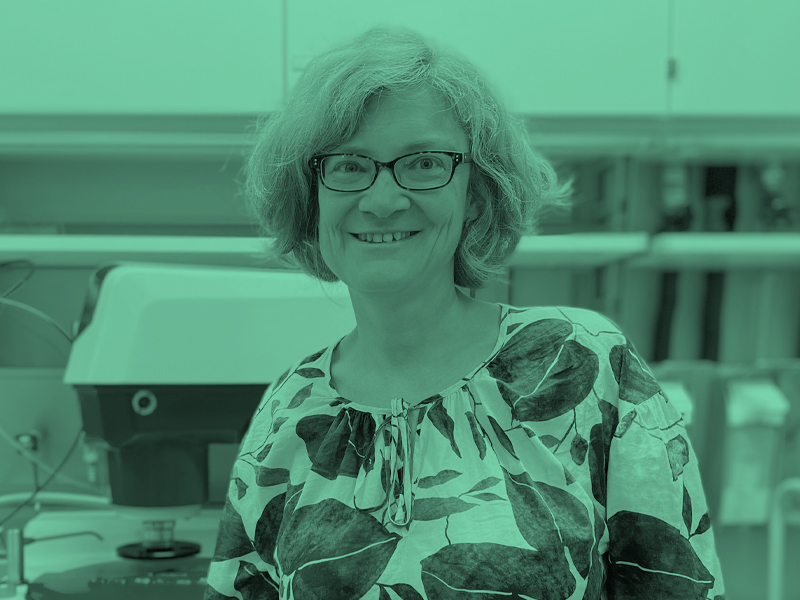
Research Center Future Energy Materials and Systems
Research Alliance Ruhr, Universität Duisburg-Essen
The Role of Electrons in NiTi-based Shape Memory Alloys
Nickel-titanium (NiTi) based alloys are an important representative of the shape memory alloy class. However, the role of electrons in this transformation leading to the shape memory effect is not yet fully understood. Using resistivity, Hall coefficients, and Seebeck coefficients in combination with terahertz reflectivity, we have characterized transport anomalies in various NiTi compositions. We found that the charge carrier density obtained by these measurements is reduced by almost an order of magnitude in the martensitic phase compared to the austenitic phase.
Prof. Dr. Stefan Seelecke
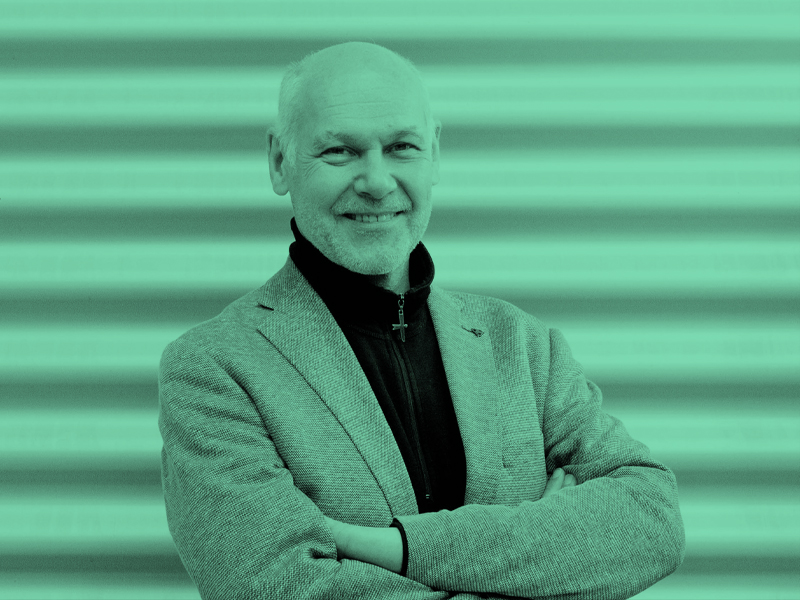
Leiter Lehrstuhl für intelligente Materialsysteme,
Universität Saarland
Elastocalorics – Cool into the Future?!
Elastocalorics is an innovative, disruptive heating and cooling technology that has been declared by the EU Commission and the US Department of Energy as the most promising alternative to existing vapor compression processes due to its high energy efficiency and absolute climate friendliness. The technology is based on the extraordinary heating and cooling capacity of special metals, so-called shape memory alloys, e.g. nickel-titanium.
Nicole Stötzel

Wissenschaftliche Mitarbeiterin,
Lehrstuhl Werkstoffwissenschaft, Ruhr-Universität Bochum
New Aspects of structural and functional Fatigue in Shape Memory Alloys
The service lives of shape memory alloys (SMAs) are often limited by degradation processes. It is common to differentiate between structural and functional fatigue. Structural fatigue in SMAs represents a process where cyclic mechanical loading/unloading promotes the formation and growth of fatigue cracks, similar to what is known for conventional structural materials. In contrast, functional fatigue refers to a phenomenon where the accumulation of transformation induced defects affects the functional performance of the SMA in terms of transformation temperatures, changes in geometry and exploitable shape memory strain.
Dr. Jaka Tušek

Assistant Professor at Faculty of Mechanical Engineering,
University of Ljubljana
Elastocaloric Cooling and Heat-Pumping: Designing elastocaloric Devices
Refrigeration, air conditioning, and heat pumping are crucial for modern society. However, our standard refrigeration technology, namely vapor-compression technology, is old, environmentally harmful, and relatively inefficient. Elastocaloric cooling, which utilizes the latent heat during the martensitic transformation in superelastic shape memory materials, is considered one of the most promising environmentally benign alternatives to vapor-compression cooling technology.
Kai Thüsing

Gruppenleiter Formgedächtniswerkstoffe,
Fraunhofer-Institut für Werkzeugmaschinen und Umformtechnik IWU
Development of SMA high load Actuators from a Manufacturing Perspective
The presentation advances the knowledge of the specific thermal and material behavior in high load SMA-Actuators. Due to their small volume and weight, these actuators provide an atractive alternative to conventional actuators. Especially in production plants and machines, where the requirements for installation space and weight are becoming increasingly crucial for a successful manufacturing process, they find a wide field of application.
